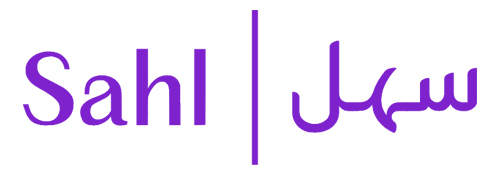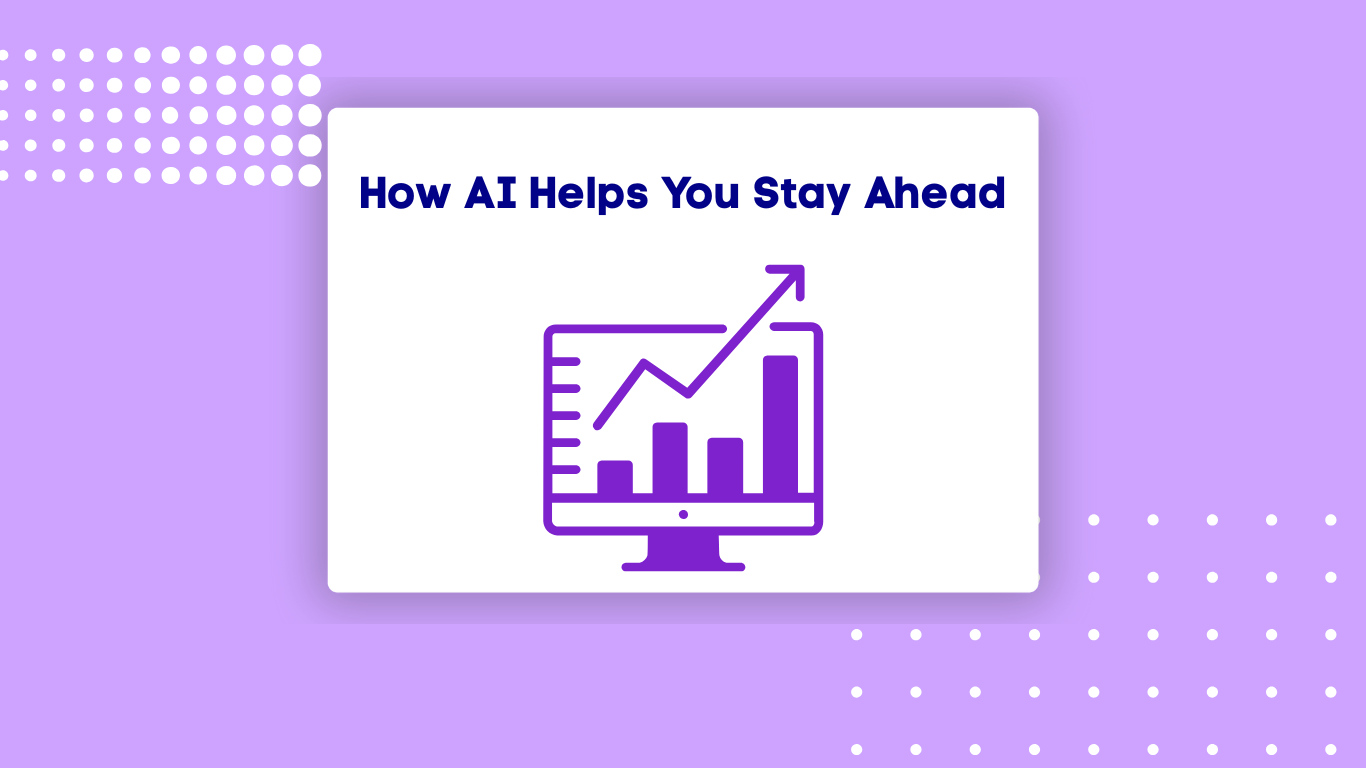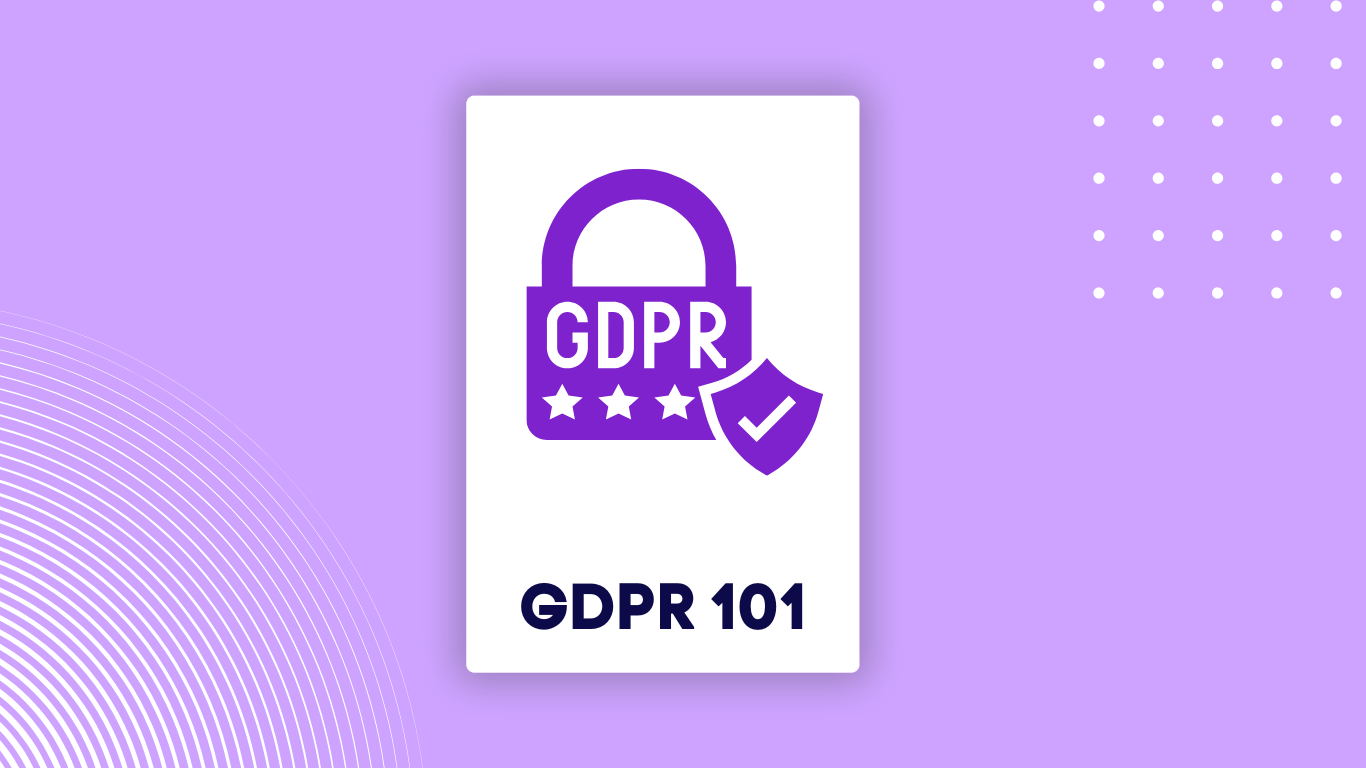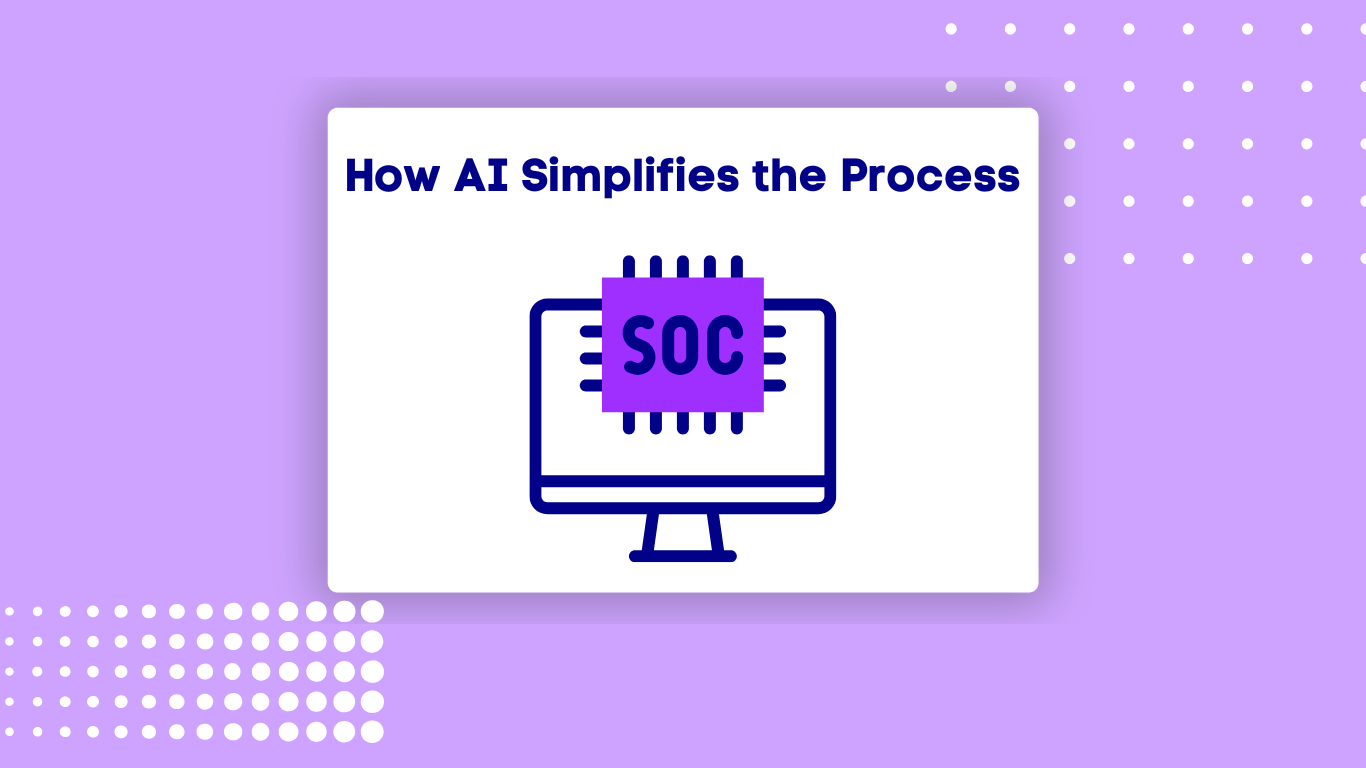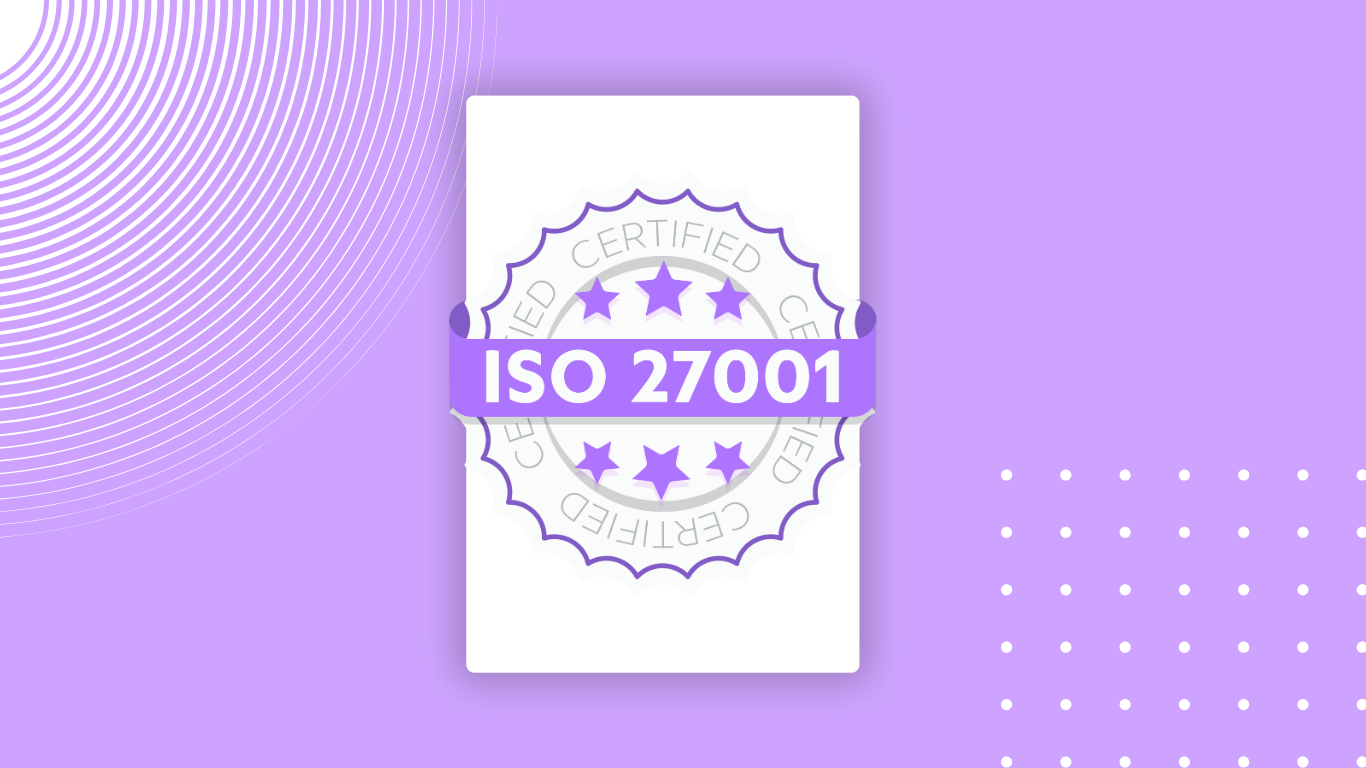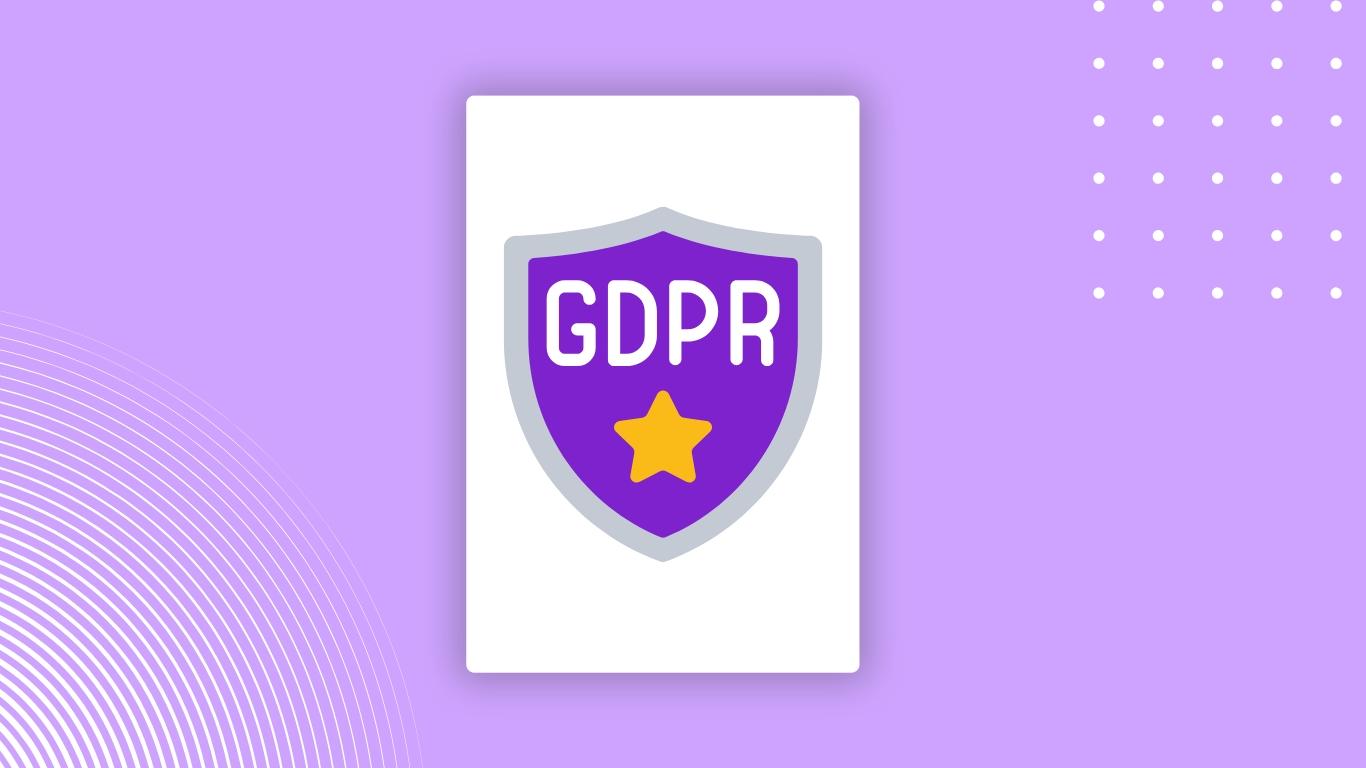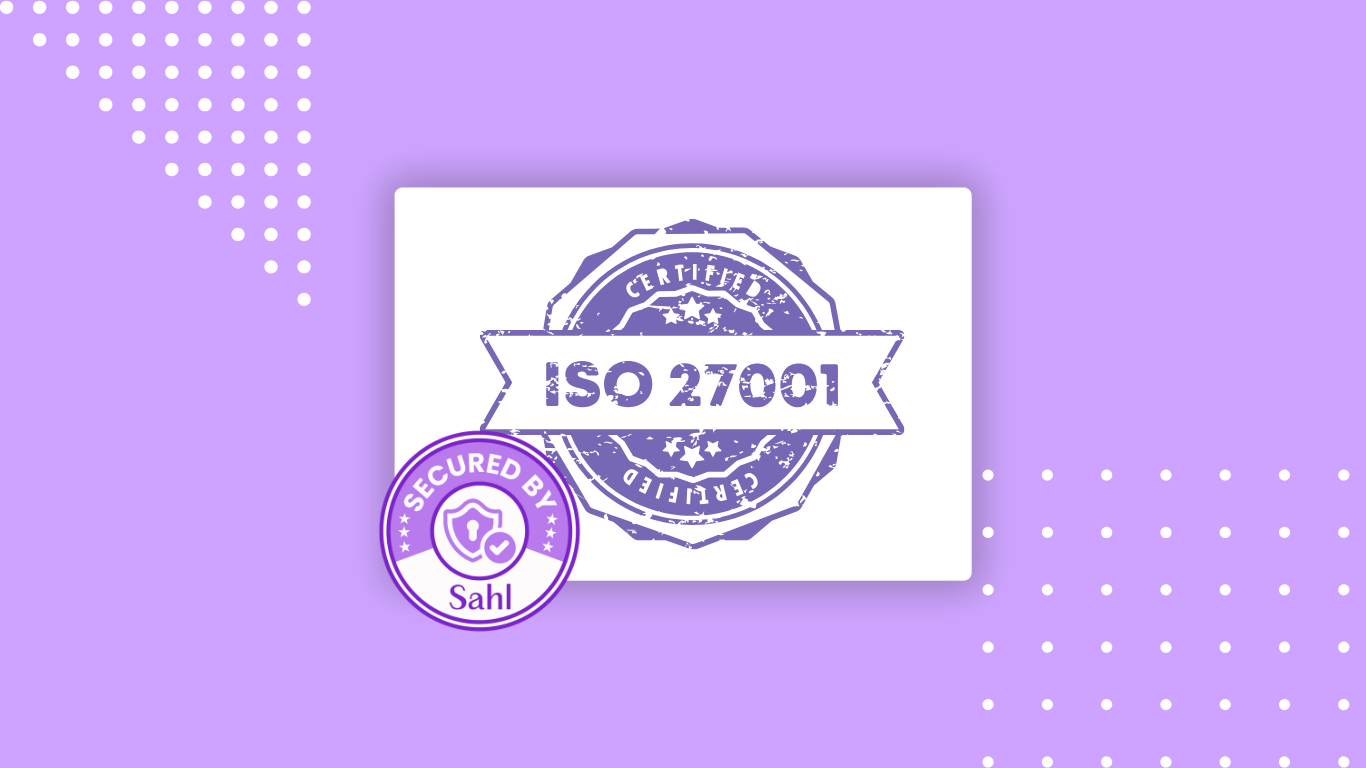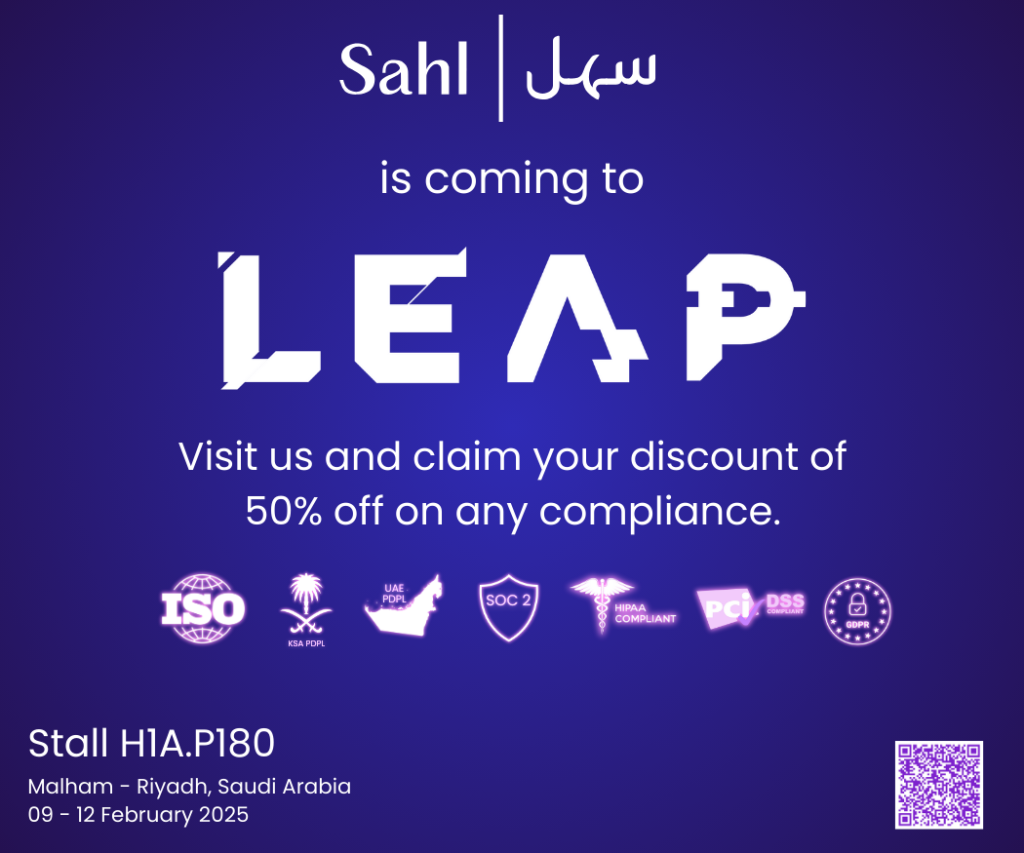Whether you’re a financial firm navigating data laws or a healthcare provider ensuring patient privacy, AI in compliance management helps protect trust, boost efficiency, and keep you ahead of the competition—making compliance about more than just avoiding penalties.
Why Compliance Is Getting Tougher
Under increasing pressure from global frameworks like the EU AI Act, UAE PDPL, and KSA’s National Cybersecurity Authority, companies are expected to track thousands of data points, align with shifting standards, and produce airtight documentation in real time. Traditional compliance methods are too slow, error-prone, and reactive.
From Cost Center to Competitive Advantage
AI is flipping the script. Regulatory compliance automation powered by machine learning and natural language processing is doing more than saving time. It reduces costs, enhances accuracy, and, most importantly, turns compliance into a source of strategic edge.
By automating workflows and continuously scanning for updates in laws and policies, AI minimizes human error and ensures that nothing slips through the cracks. When paired with real-time risk analysis, it enables businesses to adapt before new rules even hit enforcement.
AI in compliance management is no longer optional. It’s now essential for turning regulatory obligations into business growth.
How AI Keeps You Ahead
Regulation Monitoring in Real Time
AI systems scan local and global regulatory bodies for updates daily. Businesses in the GCC no longer need to worry about missed changes in data privacy, ESG reporting, or sector-specific laws. Automated alerts notify stakeholders instantly, enabling swift action and strategic planning.
Intelligent Document Review & Submission
Manual document review is history. AI tools extract, tag, and organize content across submissions, ensuring consistency and alignment with region-specific laws. Turnaround time is cut dramatically from audit prep to regulatory filings.
Predictive Risk Management
Predictive analytics identify risk patterns across departments, flag gaps, and recommend proactive fixes long before auditors ever get involved.
Adaptive Policy Updates
Whether aligning with KSA’s cybersecurity mandates or adapting to AI-specific laws in the UAE, AI tools evolve with you. As your business scales, AI systems scale, too, making cross-border compliance manageable, not mayhem.
Transparency and Audit Readiness
With AI, every decision is traceable. Systems document every action and rule applied, offering a transparent audit trail that builds trust with regulators, investors, and customers.
What Makes AI in Compliance Management So Effective?
It’s not just about automation. AI tools like Sahl’s compliance platform leverage natural language processing, retrieval-augmented generation (RAG), and adaptive learning systems to:
- Analyze legislation across jurisdictions
- Simulate regulatory impact scenarios
- Translate legalese into actionable summaries
- Generate compliant reports instantly
- Monitor for data breaches and privacy risks in real time
A Regional Edge for MENA and KSA Businesses
While global businesses juggle GDPR, CCPA, and ISO 27001, companies in the MENA region face a growing mix of international and national regulatory frameworks. AI bridges that complexity with contextual intelligence.
From ISO 27001 automation for KSA fintech startups to PDPL compliance across UAE-based data-driven firms, Sahl’s AI-powered platform ensures that regulatory alignment happens at the speed of innovation, not at its cost.
The Future Is Proactive, Not Reactive
As businesses in MENA and KSA gear up for a more regulated digital economy, the winners will be those who leverage automation to survive and thrive.
Whether you are a startup or an enterprise, it’s time to stop viewing compliance as overhead and start seeing it as an opportunity. Let Sahl help you build compliance into your growth story.
